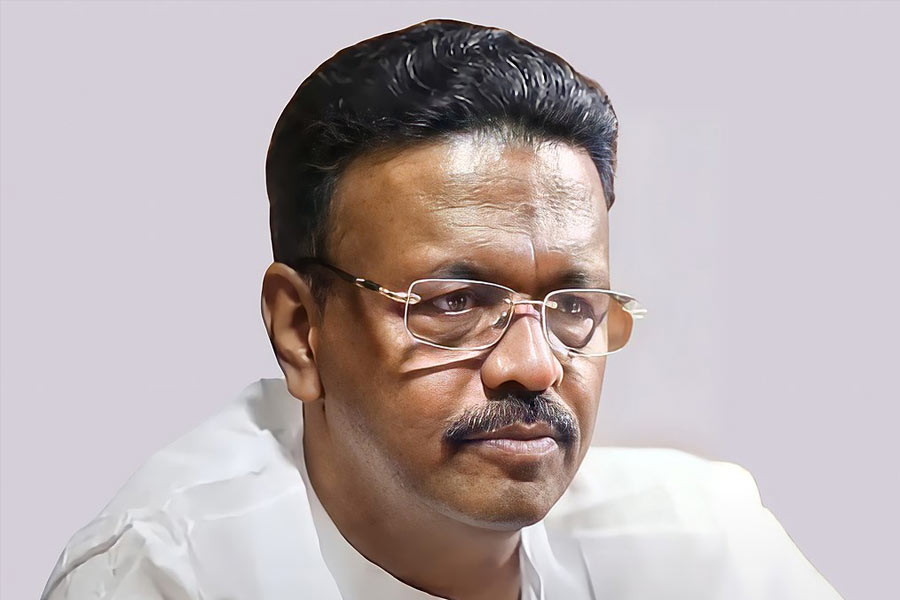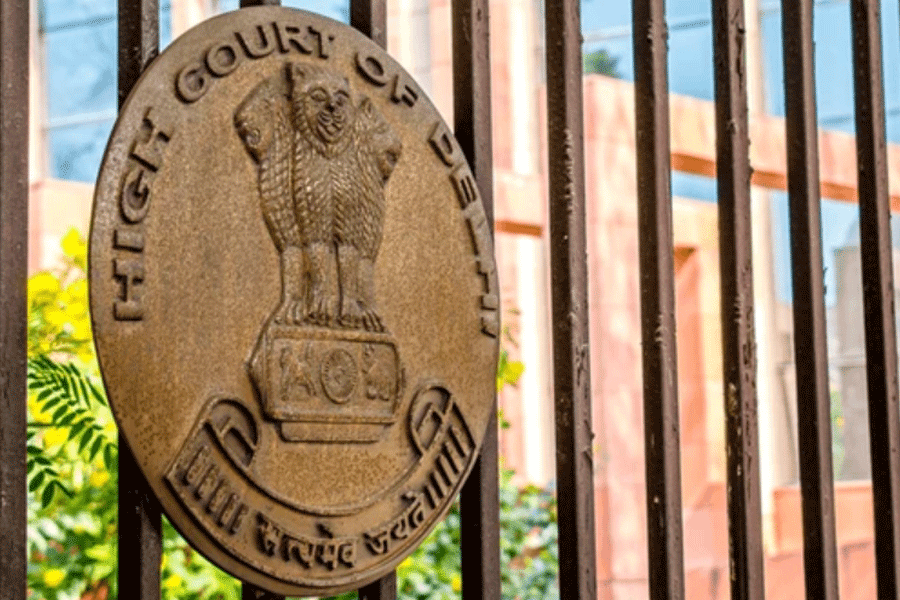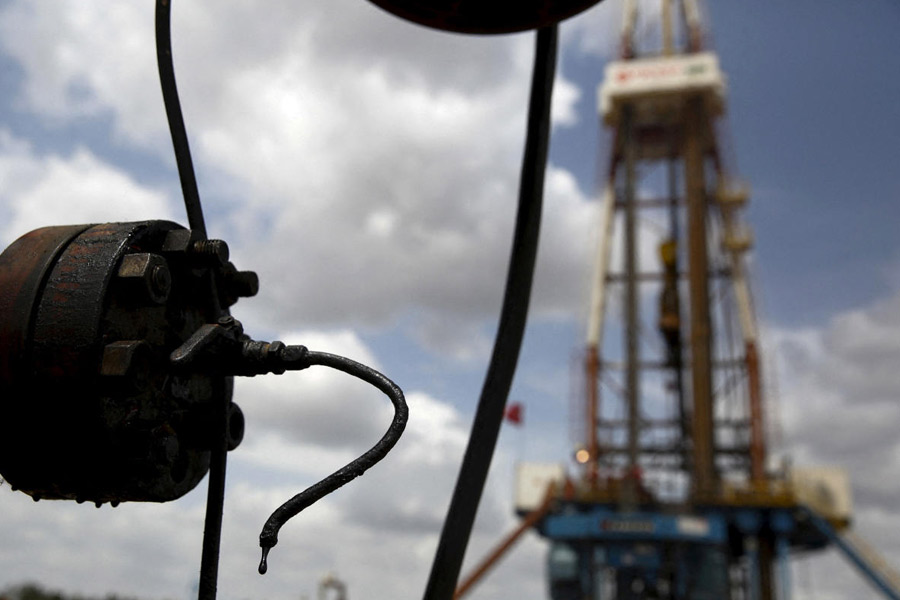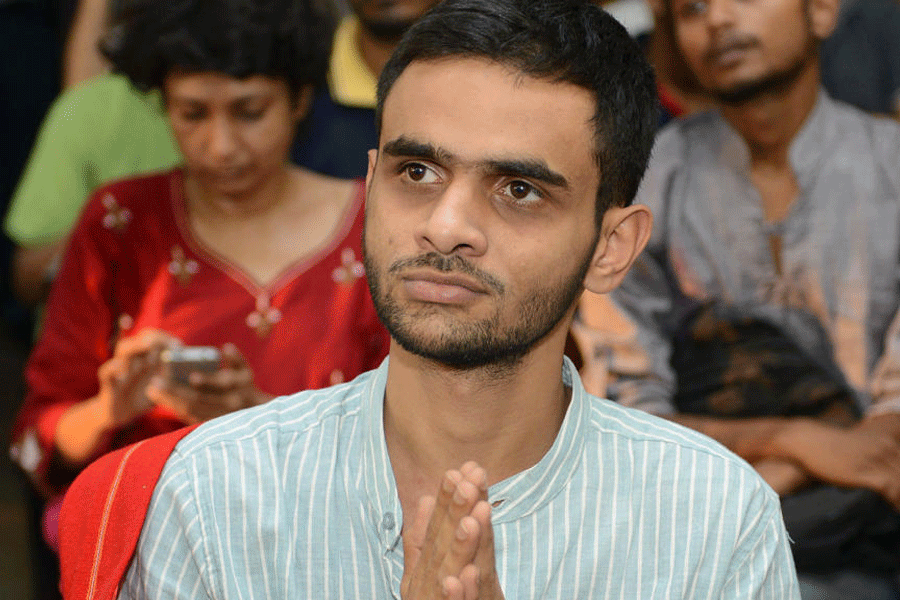During the last week of July, Calcutta experienced severe traffic dislocation, increasing commute time by hours along major thoroughfares due to damaged roads and waterlogging. Scores of vehicle owners had to bear additional repair expenditures. All of this was blamed on the relatively heavier rainfall.
In South Bengal, North 24 Parganas (+237%), Calcutta (+190%), South 24 Parganas (+80%), Hooghly (+62%) and East Burdwan (+60%) received relatively heavier rainfall than the long period averages during the last week of July. For the rainy season beginning June 1, 2025, the departure from the long period average has been +2%.
Such departures from long period averages are to be expected under climate change as warmer air holds more water vapour. As temperatures rise, there is more evaporation from oceans and other waterbodies, leading to heavier rainfall. The trend of wet areas becoming wetter and dry areas becoming drier is well-established. Calcutta and West Bengal, generally well-endowed in terms of rainfall, are expected to get wetter.
I am sure that those at the helm of the administrations responsible for building and maintaining roads are not unaware of these facts. Neither are the engineers and workmen at these institutions incompetent. Yet, during the last week of July, the consequences of heavier rainfall in terms of damaged roads as well as stalled and chaotic traffic were evident.
Every year, post monsoon and just before the festive season, there are rushed repairs to fix roads and stormwater gully pits in Calcutta. Singapore receives more rainfall than Calcutta, yet the roads there do not disintegrate every monsoon.
What differentiates Singapore from Calcutta? Accountability. In Singapore, workmen and engineers are held accountable by their political executives, and the political executives by their higher-ups. In Calcutta, non-performance has no consequences. We have short-circuited accountability at the highest level of the municipal and the state governments. We have an elected mayor who is also the minister-in-charge of urban development and municipal affairs, Government of West Bengal. This reflects a lack of political will for the implementation of the principle of separation of powers.
The inability of the higher-level institution to demand performance from the lower tier as required by law stems from the same person being at the helm at both levels. If a legislator (a minister-in-charge is necessarily a legislator) simultaneously performs the role of the executive at the local level and the state’s supervisory tasks, a conflict of interest is inevitable.
The Kolkata Municipal Corporation Act, 1980 (sections 113-118) and the West Bengal Municipal Corporation Act, 2006 (section 60(1) and sections 368-373), have similar provisions for the exercise of control by the state government over municipal corporations. These sections are meant to be invoked by the state government in case the municipal government in question has persistently failed to perform its duties and functions. The UDMA minister as the political executive has not pulled up the mayor and the corporation for deficiency of service. The holding of more than one directly elected mandate simultaneously at different tiers of the government, although problematic, is neither unconstitutional nor unlawful. It is a matter of incompatibility of the roles played simultaneously by the dual-mandate official.
We, the citizens of the city, should not only demand a full-time mayor for the city but also accountability from our elected representatives. We tend to seek favours from them rather than demand that they serve us well, overlooking the fact that the mandate obtained in elections is not a privilege but a commitment and duty to perform the functions of the elected office well and with dedication. Let us demand a governance solution and appropriate climate action — not only mitigation in the form of electric mobility but also in terms of how we manage water because our city will get wetter and stalled traffic exacerbates the climate challenge by raising greenhouse gas emissions significantly.
Anamitra Danda is an environmentalist. Views are personal










